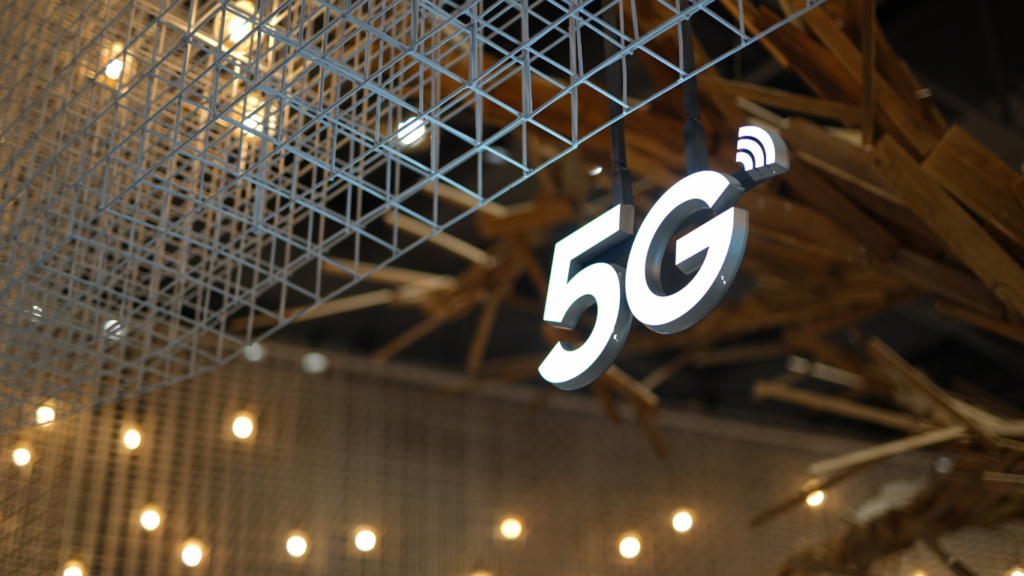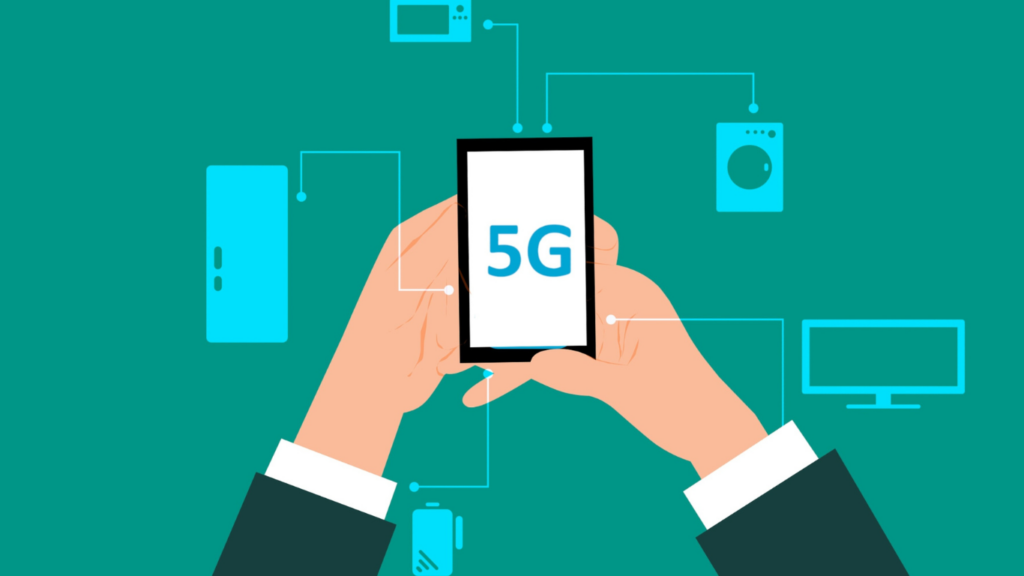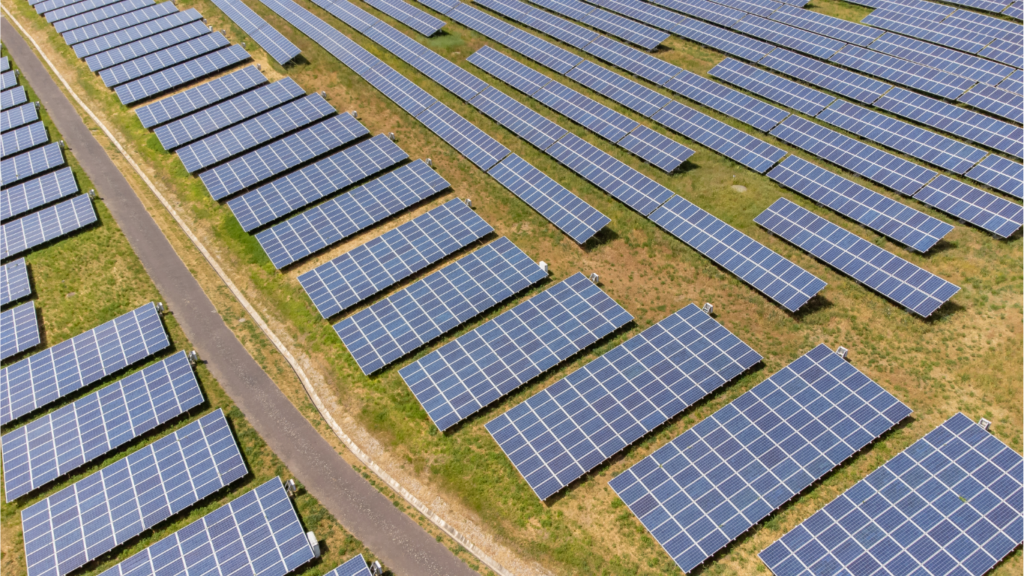The Evolution of 5G Technology
5G technology has evolved significantly since its initial deployment. Initial 5G networks focused primarily on increasing download and upload speeds. By 2024, 5G has grown to enable much more than just fast internet. It now supports ultra-reliable low latency communication (URLLC), massive machine-type communications (mMTC), and enhanced mobile broadband (eMBB).
Key Milestones in 5G Evolution
- 2019-2020: Deployment Phase
In the early years, 5G’s primary goal was enhancing mobile broadband (eMBB). Telecom companies began rolling out networks in urban areas, providing consumers with faster internet speeds.
- 2021-2022: Expansion and Optimization
The industry saw significant improvements in network infrastructure. Telecom providers focused on optimizing base station placements, expanding coverage to suburban and rural areas. More mid-band and millimeter-wave frequencies were utilized to boost capacity and speed.
- 2023: Integration with IoT
5G began integrating more extensively with the Internet of Things (IoT). Massive machine-type communications (mMTC) enabled billions of devices to connect seamlessly, supporting smart cities and advanced home automation systems. - 2024: Advanced Use Cases and Applications
The year 2024 marks a significant leap in the utilization of 5G. Ultra-reliable low latency communication (URLLC) became essential, powering critical applications like autonomous driving and remote surgeries. This established 5G as a transformative force in various industries.
Technical Innovations Driving 5G
- Network Slicing
Network slicing allows multiple virtual networks to operate on a single physical 5G network. This optimizes resources, delivering customized connectivity solutions for different needs, such as low latency for autonomous vehicles and high bandwidth for streaming services.
- Massive MIMO
Massive Multiple Input Multiple Output (MIMO) uses a large number of antennas at base stations. This increases network capacity and improves user experiences by enhancing signal quality and handling more simultaneous connections.
- Edge Computing
Edge computing reduces latency by processing data closer to where it’s generated. In 2024, edge computing is vital for applications requiring real-time connectivity, such as augmented reality (AR) and virtual reality (VR).
Spectrum Innovation
- Low, Mid, and High Bands
5G uses a mix of low, mid, and high-frequency bands. Low bands provide wide coverage with better penetration, mid bands offer a balance of speed and range, while high bands (millimeter-wave) deliver ultra-fast speeds over shorter distances. The combination optimizes network performance across different environments.
- Dynamic Spectrum Sharing
Dynamic spectrum sharing (DSS) enables 4G and 5G to coexist on the same frequency bands. This increases the efficiency of spectrum use and simplifies the transition from 4G to 5G, ensuring consistent service during the upgrade process.
By 2024, 5G technology has transformed connectivity and continues to evolve. The advancements in 5G are clear through critical milestones, technical innovations, and spectrum management.
Key Benefits of 5G Connectivity

5G technology offers several advantages in connectivity beyond just faster speeds. By 2024, it’s enhancing various sectors with significant improvements.
Enhanced Speed
5G networks provide speeds up to 10 Gbps, which is 100 times faster than 4G. This speed allows seamless streaming of 4K videos, quicker downloads, and efficient online gaming. For businesses, faster data transfer means improved productivity and the ability to handle large datasets in real-time. Enhanced speed also boosts experiences for augmented reality (AR) and virtual reality (VR) applications, making interactions more immersive.
Reduced Latency
Latency in 5G is as low as 1 millisecond compared to 4G’s 50 milliseconds. Reduced latency means that real-time applications like remote surgeries and autonomous driving operate with minimal delays. For gamers, reduced lag translates into a smoother experience. In industrial settings, real-time monitoring and machine control improve safety and efficiency.
Increased Capacity
5G’s increased capacity supports up to 1 million devices per square kilometer. This capability benefits smart cities, where numerous IoT devices like sensors and cameras require reliable connections. Businesses can support more connected devices without performance issues. Increased capacity also enhances emergency services by enabling faster, more reliable communication in high-density areas.
Real-world Applications of 5G in 2024
The real-world applications of 5G in 2024 are vast and varied, impacting several key sectors. Ultra-reliable low latency communication and enhanced mobile broadband are spearheading these advancements.
Smart Cities
Smart cities are becoming more efficient and sustainable with 5G technology. Real-time data collection enhances traffic management systems, reducing congestion. Energy management systems use 5G to optimize resource use, minimizing waste. Surveillance systems improve with ultra-fast, high-resolution video streaming, ensuring better public safety. Stockholm, Sweden, exemplifies these advancements with its city-wide 5G network.
Autonomous Vehicles
Autonomous vehicles rely heavily on 5G for safe, real-time communication. Ultra-low latency supports instant data exchange between vehicles and infrastructure. This enhances route planning and obstacle detection. Tesla and Waymo use 5G to improve driverless car operations. Vehicle-to-everything (V2X) communication uses 5G to enable cars to interact with traffic signals, other vehicles, and pedestrians, optimizing traffic flow and safety.
Telehealth
Telehealth leverages 5G to provide high-quality, real-time healthcare services. Video consultations benefit from low latency and high resolution, making virtual doctor visits smoother. Remote surgeries become feasible with reliable, ultra-fast connections. Rural areas, often underserved, gain better access to healthcare services. Notable institutions like the Mayo Clinic are already incorporating 5G to enhance telehealth services, showcasing 5G’s pivotal role in transforming healthcare delivery.
Challenges and Concerns
5G’s transformative potential in 2024 raises significant challenges and concerns. These issues must be addressed to ensure the technology’s successful implementation.
Infrastructure Development
Developing 5G infrastructure is complex and costly. Building new cell towers, upgrading existing ones, and deploying small cells in urban areas require significant investment. Dense urban environments, with high-rise buildings and narrow streets, complicate 5G network deployment. Rural areas face connectivity gaps due to the additional infrastructure needed to support widespread coverage. Governments and private sectors must collaborate to overcome these obstacles, balancing economic constraints and technological demands.
Security Issues
Security in 5G networks presents critical challenges. The increased number of connected devices, including IoT gadgets, introduces new vulnerabilities. Cyberattacks can target various points within the network, potentially compromising sensitive data and disrupting services. Network slicing, a key feature of 5G, enables tailored network segments but requires sophisticated security measures to prevent breaches across slices. Ensuring robust cybersecurity involves implementing advanced encryption methods, real-time monitoring, and rapid response strategies to mitigate threats effectively.
Future Prospects of 5G
The future of 5G connectivity promises significant advancements across multiple sectors. By continuing to integrate IoT and advanced applications, 5G’s influence will expand further into our daily lives and industries.
Smart Cities
Smart cities will benefit immensely as 5G enhances urban management through real-time data analytics. Advanced sensors, connected through 5G, will optimize traffic flow, reduce energy consumption, and increase public safety. For example, smart lighting systems can adjust based on pedestrian and vehicle presence, reducing energy waste.
Healthcare
Healthcare will experience groundbreaking changes with 5G. Remote surgeries, telemedicine, and real-time patient monitoring will become more reliable and effective. Hospitals will use 5G-enabled devices to monitor patients’ vital signs continuously, ensuring immediate response to emergencies.
Autonomous Vehicles
Autonomous vehicles will rely heavily on 5G for real-time data processing and decision-making. With ultra-low latency, these vehicles will communicate with each other and traffic infrastructure seamlessly, reducing accidents and improving traffic efficiency. For instance, vehicles will exchange data about road conditions and potential hazards in milliseconds.
Industrial Automation
Industrial automation will reach new heights with 5G, driving productivity and efficiency. Factories will deploy 5G-connected robots and machinery to perform tasks with precision. Real-time monitoring and control will reduce downtime and maintenance costs, boosting overall production.
Entertainment and Media
Entertainment and media will undergo significant transformations with enhanced mobile broadband. 5G will enable AR and VR applications to provide immersive experiences. High-speed networks will support 4K and 8K streaming services with minimal buffering, improving viewer satisfaction.
Agricultural Innovation
Agriculture will leverage 5G to optimize farming practices. Smart farming techniques, such as precision agriculture, will use 5G-connected sensors to monitor soil health, water levels, and crop conditions. Farmers will make data-driven decisions to increase yield and reduce resource wastage.
Economic Growth
Economic growth will be driven by the widespread adoption of 5G technology. New business models and services will emerge, creating job opportunities and stimulating innovation. Companies will capitalize on 5G’s capabilities to develop new products and enhance customer experiences.
5G’s transformative potential extends beyond current applications, offering a glimpse into a hyper-connected future that redefines connectivity and innovation.





